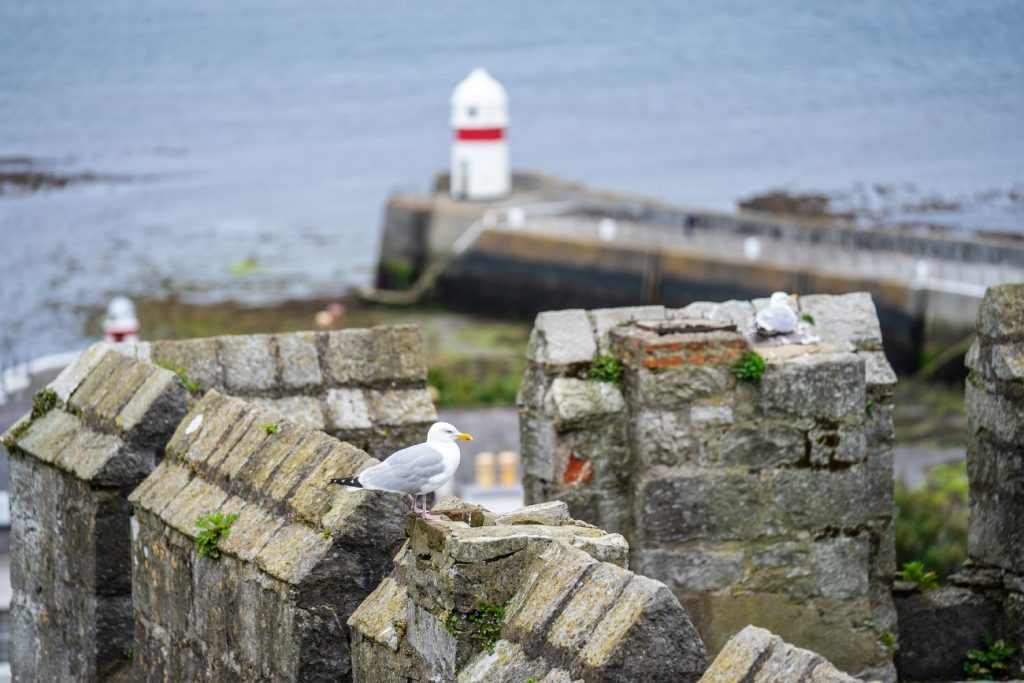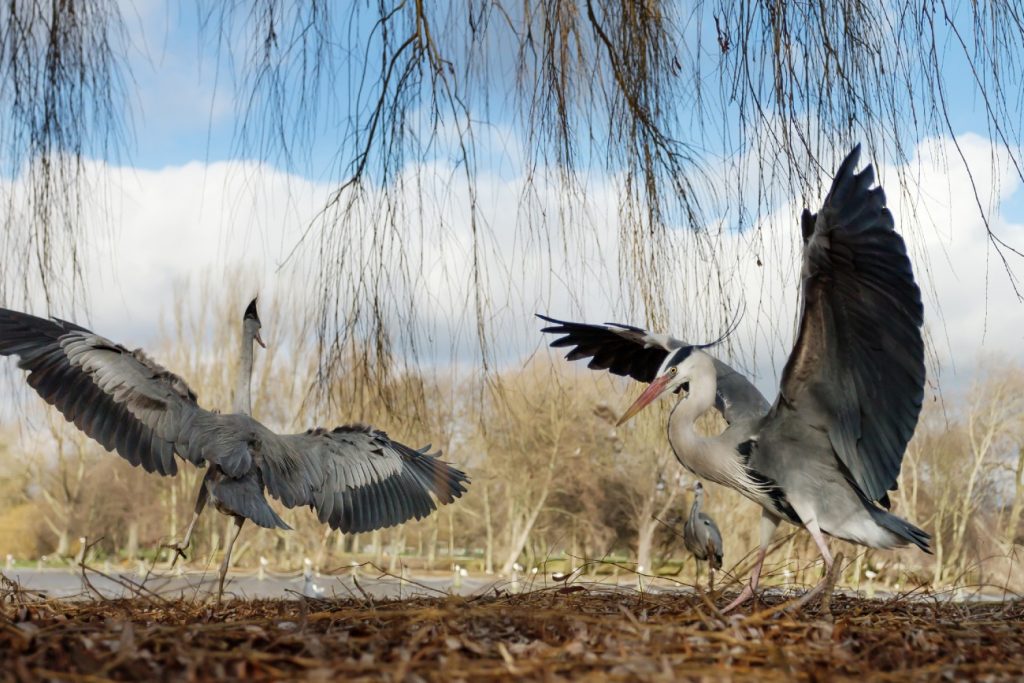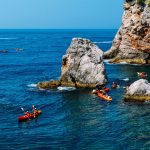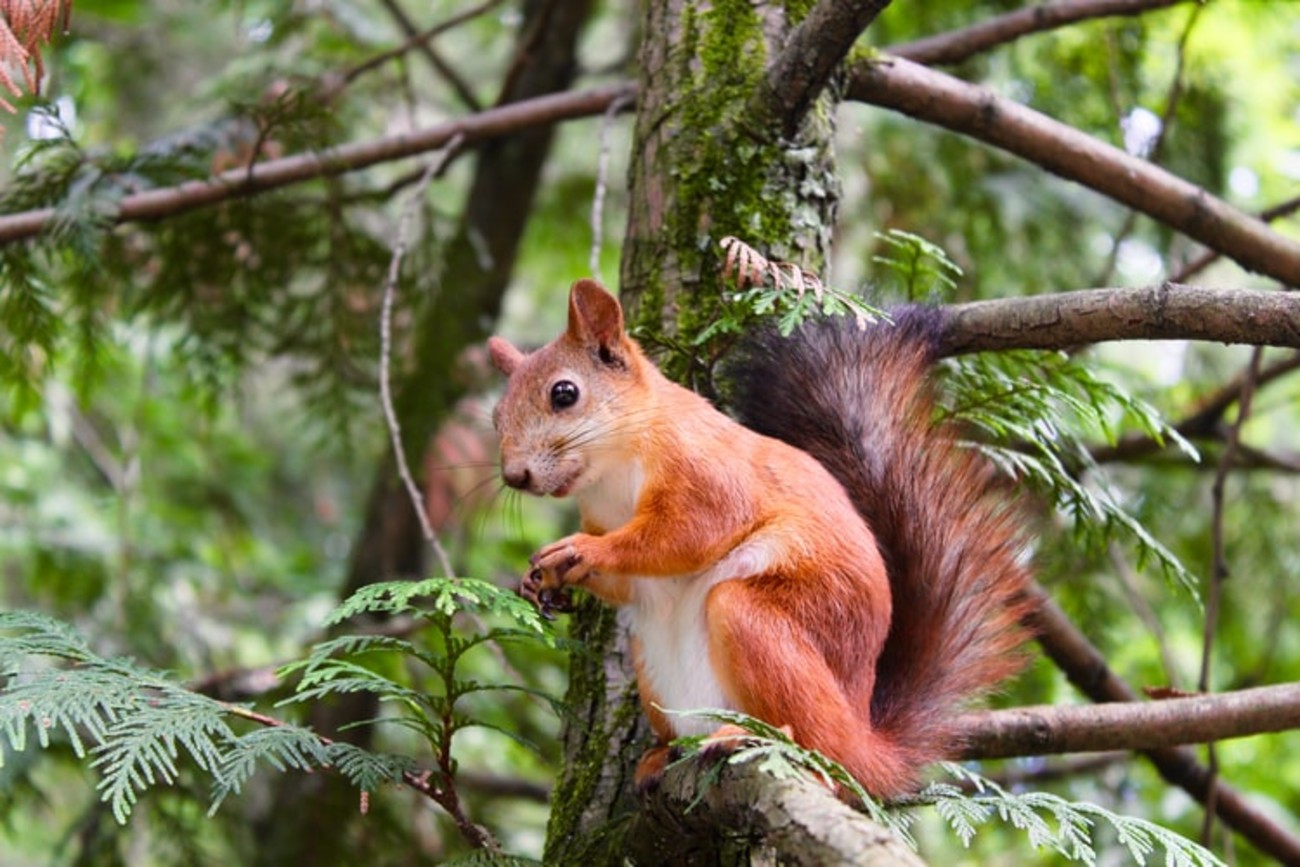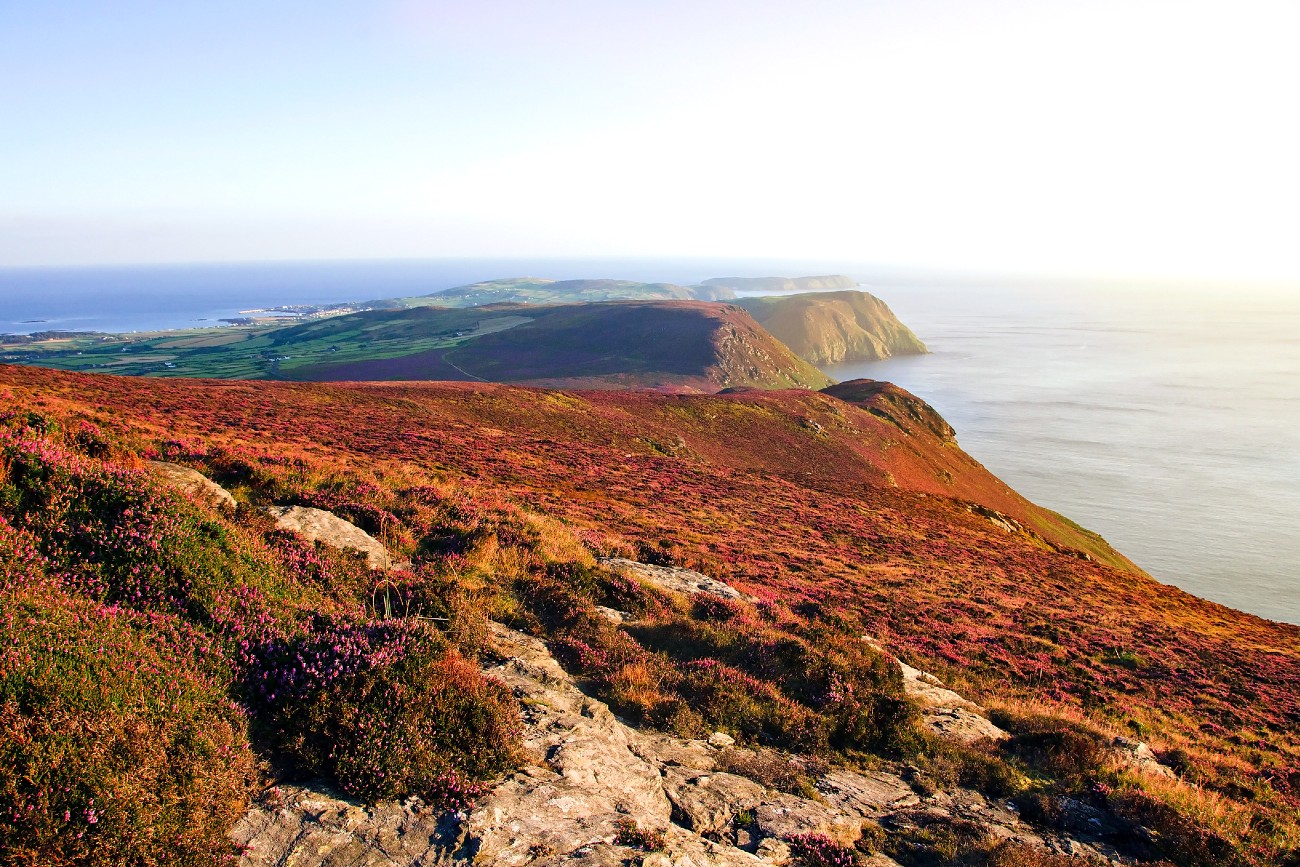
The landscape has always played a key role in the history of the Isle of Man. While many parts of the island have been influential in this regard, few places have been as significant as the rugged coastline around Scarlett Point.
This small headland is located at the southern end of the island, a short step from the small settlement of Castletown. The rocks in this region are largely made up of carboniferous limestone – a material that was once greatly valued in the construction industry on the island. It was also highly important for agriculture, used by farmers as a source of lime fertiliser.
Scarlett Point is home to a short nature trail, which skirts the coastline and takes in some of the best geological features in the region. At the beginning of the trail, you can can find a visitor centre that is operated by the Manx Wildlife Trust and I recommend stopping by. This is a great place to learn more about the area’s complex geology, including the reasons why the region is a hotspot for fossil remains. You can find some of these for yourself if you know where to look, with the limestone rocks on the headland’s beaches and coves being prime locations.
The fossils formed millions of years ago, as dead sea creatures fell to the bottom of the ocean and were preserved in the sediment. You’re most likely to find the remains of crinoids – small marine animals which are closely related to starfish. There might also be fossilised shells, as well as rarer creatures such as ammonites.
A Volcanic Past
There is far more to see on the Scarlett Nature Trail than just fossilised life. The rocky coastline is a haven for seabirds, with shags, cormorants and gulls being especially common. These birds will often be seen resting on the rocks offshore, but they may also be seen fishing. Herons stand majestic in the shallow waters and swallows swoop overhead during the summer months, making it an ideal area for birdwatchers. Keep an eye on the grassy clifftops too, as meadow pipits and wheatears are frequent visitors.
One of the best spots to see this diversity of birdlife is the Stack – a large rock formation that stands just offshore. Many birds congregate here, with some choosing to nest among the many ledges and crevices. The Stack was formed between 300 and 360 million years ago by volcanic activity and shares many geological similarities with the Giant’s Causeway in Ireland.
It makes for an impressive sight, bringing a touch of awe to what is already a dramatic walk. At the furthest point from the visitor centre, the nature trail increases in elevation, providing a vantage point for views back across the island. If you’re lucky enough to find yourself here on a clear day, it’s possible to see the entirety of the Isle of Man’s central mountain range.
The Scarlett Nature Trail can be interesting at any time of year, however a visit in spring often makes for a colourful experience, as the coastline erupts with blooming wildflowers.
The flora is typical of coastal heathland in the British Isles, with plants including buttercups, sea campion and birds-foot trefoil. Fennel pondweed grows in the small freshwater pools, while the edible rock samphire can be found in the saltier pools down by the ocean.
- Castletown, Isle of Man
- Herons
Surfing Cetaceans
As if there isn’t already enough to look out for on a trip to Scarlett Nature Trail, you may want to keep your eyes trained on the waters just offshore. The coastline here is a great place to spot some of the most intelligent wildlife species to be found around the Isle of Man – bottlenose dolphins. These marine marvels are frequent visitors to the island, with large pods often appearing during the winter months. These pods can be made up of as many as 100 animals and the sight of such a large group of dolphins is guaranteed to brighten your day.
The bottlenose species is the largest of all the dolphins – a characteristic which helps them survive in the cold waters around the British Isles. Most grow to a length of 4 metres, weighing up to 500 kilograms on average. Being very curious, playful creatures, bottlenose dolphins will often swim alongside boats, where they love to surf among the bow waves.
They have the third largest relative brain size of any animal and this provides them with a level of intelligence that comes very close to that of the great apes, our closest relatives. Some bottlenose dolphins have even been seen using tools, with others decorating themselves in grasses as a form of social bonding.
With so much to do, the Scarlett Nature Trail is a must-see destination on the Isle of Man for anyone with an interest in the coast. I never miss to show this part of the island to my friends and relatives who are visiting and they are always truly amazed. Its fantastic wildlife is matched by its views, made only better by the intriguing geological history.
Are you planning your first trip to the Isle Of Man? Then you should not miss the following article: Guide To Visiting The Isle Of Man

